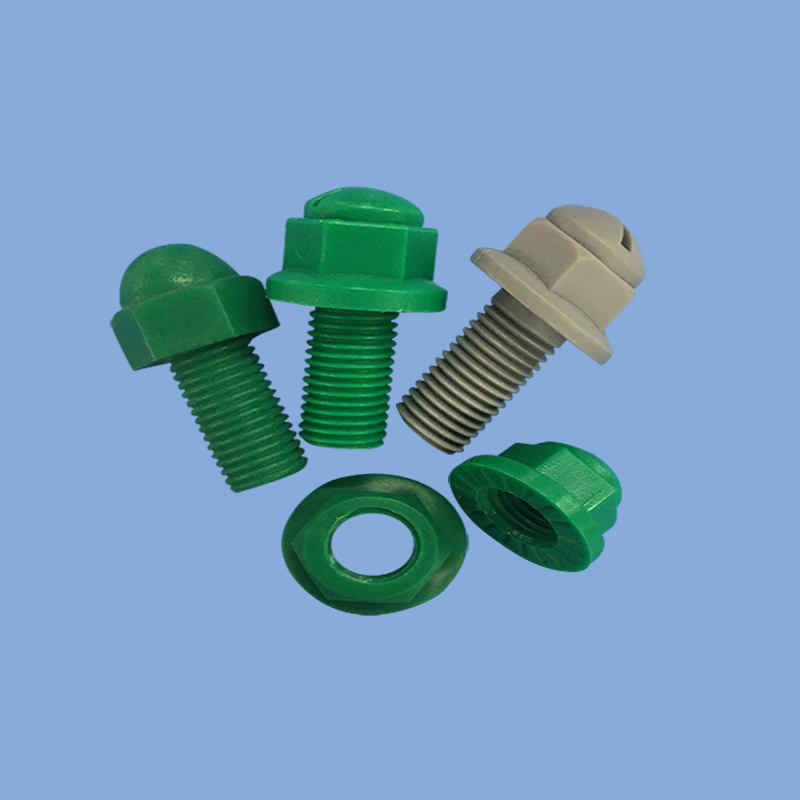National Service Hotline
15994761342(Wind knife business)
0755-27201304(Other accessories)
The screw is a tool that uses the physics and mathematics of the oblique circular rotation of the object and the friction force to gradually tighten the objects and parts. Screws are a common term for fasteners, a daily spoken word. Screws are indispensable industrial necessities in daily life: extremely small screws used in cameras, glasses, watches, electronics, etc.; general screws used in televisions, electrical products, musical instruments, furniture, etc.; as for engineering, construction, and bridges, large-scale screws are used. Screws and nuts; transportation equipment, airplanes, trams, cars, etc. are used for both large and small screws. Screws have important tasks in industry. As long as there is industry on the earth, the function of screws will always be important. The screw is a common invention in people's production and life for thousands of years. According to the field of application, it is a major invention of mankind. The main function of the screw is to connect the two workpieces together for fastening.
Screws are also called "screws" [Screw] and "screws" (screw rods). In fact, screws are generic names, and screws and screw rods are different from each other. Screws are generally called wood screws; they are those with a pointed tip and have a larger pitch. They are generally used to fasten wooden and plastic parts. The screw rod is a machine screw (machine screw), which has a flat front end. The pitch is small and uniform. It is generally used to fasten metal and machine parts.

Screw classification
The main categories include ordinary screws, machine screws, self-tapping screws and expansion screws.
Cap screws used to be limited to full-tooth fasteners.
Hex cap screw and Hex bolt, as the name suggests, are externally threaded fasteners with a hexagonal head, which are designed to be rotated by a wrench. According to the ASME B18.2.1 standard, the hexagon head screw (Hex cap screw) has a smaller head height and rod length tolerance than the general large hexagon bolt (Hex bolt). Therefore, the ASME B18.2.1 hexagon screw is suitable for installation on all hexagon bolts that can be used. Places, including places where large hexagon bolts are too large to be used.
Socket cap screw, also known as socket cap screw or), is a screw with a hexagonal inner hole on the head, which can be tightened or loosened after inserting a hexagonal ruler (hex key, Allen wrench or Allen key) into the inner hole. Hexagon socket screws are the most commonly used cylindrical head screws, the head diameter is about 1.5 times the main diameter of the thread (1960 series), other head types include the Bottom head cap screw (bottom head cap screw) for beautiful surface and suitable for tapered screw holes Countersunk head cap screw (Countersunk head cap screw). The counterbore design allows the screw head to be able to rotate without being exposed on the surface of the fixed object, so it is mostly used in places where the surface is small and traditional wrenches are inconvenient to use.
Machine screws are generally screws with a diameter less than ¼ inches (4#~12#), usually full-threaded and rotated by a screwdriver, such as slotted, cross or hexagon socket.

Scan code consultation